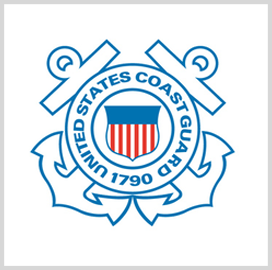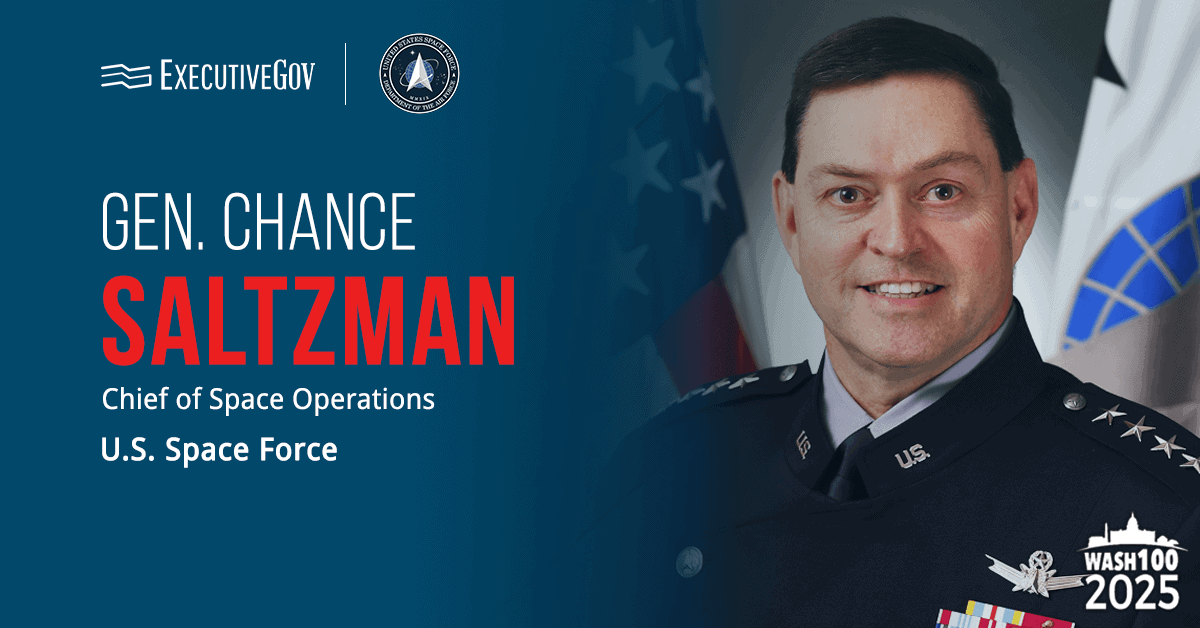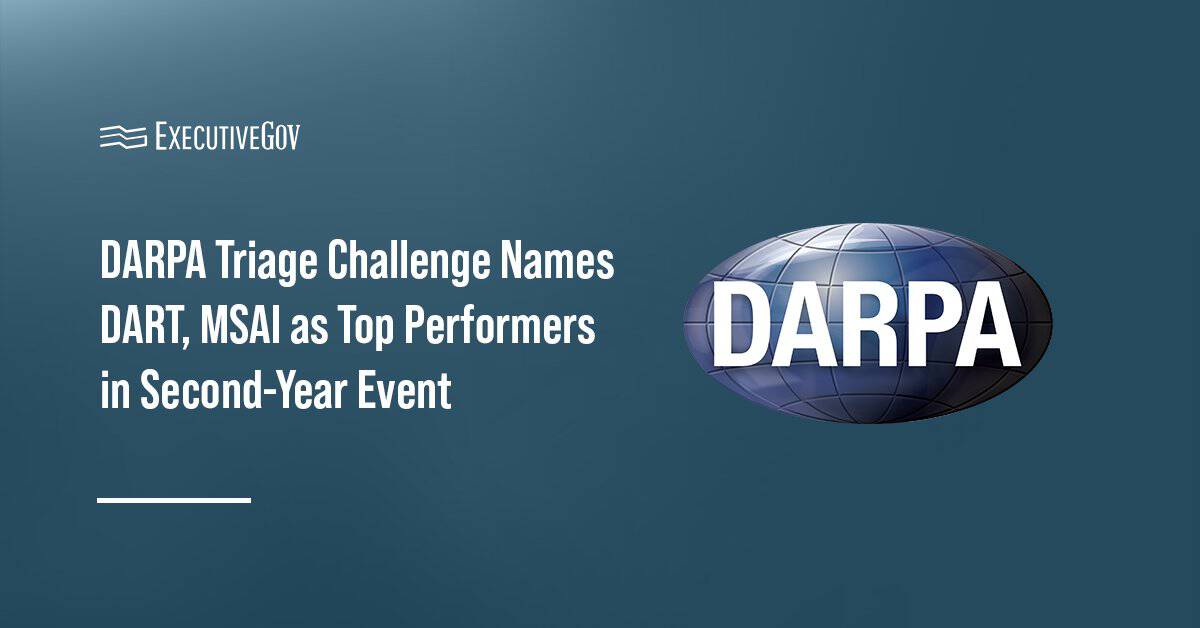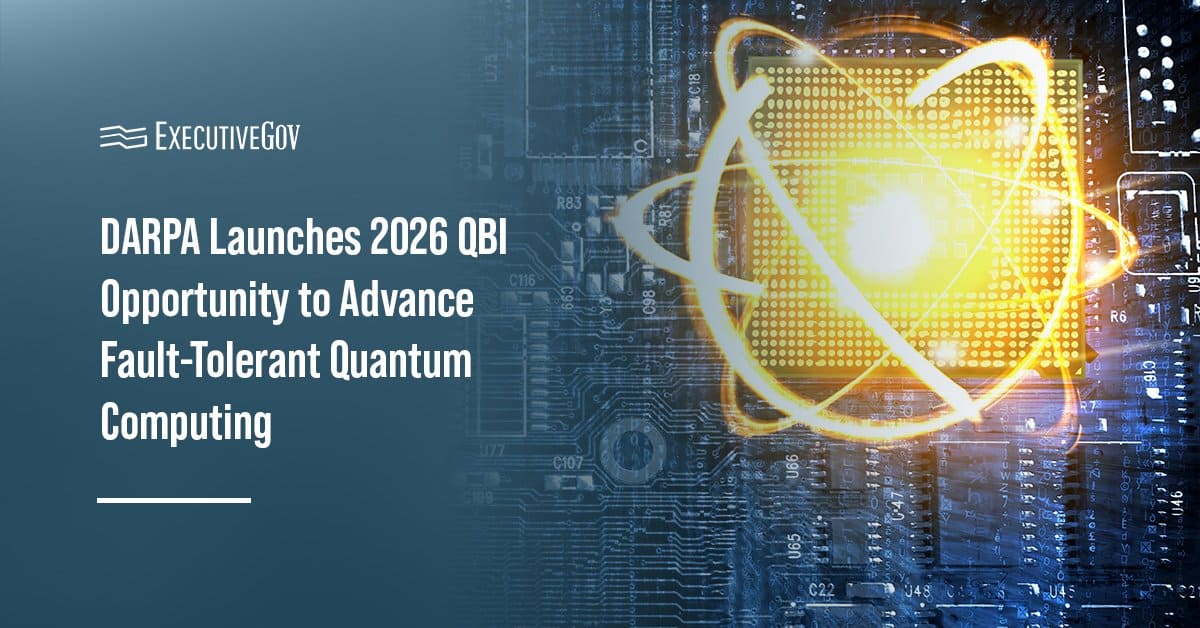Vice Adm. Peter Gautier, deputy commandant for operations of the U.S. Coast Guard, has signed a strategic plan to guide the service branch’s development and adoption of unmanned systems.
The Unmanned Systems Strategic Plan outlines the Coast Guard’s goal of unlocking opportunities and addressing risks presented by the use of autonomous platforms by finding ways to use such systems to execute its mission objectives.
According to the strategic plan, the Coast Guard must prepare for the impacts of the unlawful use of unmanned systems on its operations.
The framework also requires the service branch to regulate the lawful use of automation and unmanned systems in the Marine Transportation System.
The plan additionally highlights the need to establish resilient tactical communications networks to analyze and disseminate data and information collected from unmanned systems for operational commanders.





